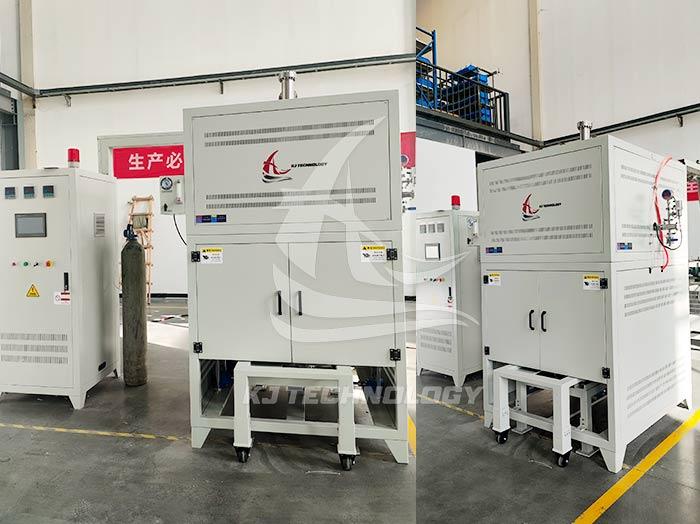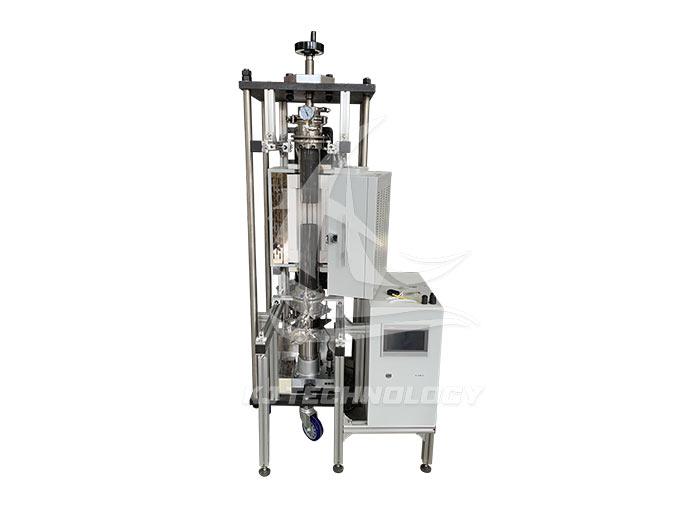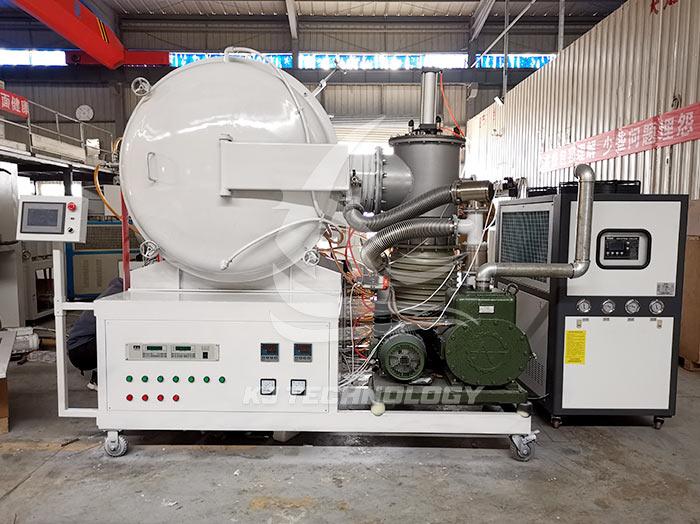What are the temperature ranges for customized heat treatment vacuum furnaces?
 06-16-2025 Author: KJ technology
06-16-2025 Author: KJ technology
The temperature range division of customized heat treatment vacuum furnaces is mainly based on the requirements of different materials and processes, usually divided into four ranges: low temperature, medium temperature, high temperature, and ultra-high temperature. The following is the specific range, common application scenarios, and characteristic analysis of each temperature range:
1. Low temperature range (≤ 600 ℃)
Room temperature~300 ℃: Vacuum drying and degassing are used to remove impurities such as moisture and gas from materials, avoiding defects in subsequent processes.
300-600 ℃: Vacuum aging treatment, aimed at light metal materials such as aluminum alloys and magnesium alloys, to improve their mechanical properties through low-temperature aging.
Characteristic description:
Low temperature equipment usually uses resistance wires or ordinary alloy heating elements, which have lower costs.
The requirement for temperature uniformity is relatively loose, generally controlled within ± 5 ℃ to meet the demand.
2. Medium temperature range (600-1200 ℃)
600-900 ℃: Vacuum annealing, used to eliminate internal stress in metal materials, improve their plasticity and toughness.
900-1200 ℃: Vacuum brazing, vacuum sintering. Brazing is used to connect dissimilar metals, while sintering is used to prepare powder metallurgy materials.
Characteristic description:
Medium temperature equipment often uses graphite heaters or high-temperature alloy heating elements to ensure long-term stable operation.
The temperature uniformity requirement is high, generally controlled within ± 3 ℃ to ensure process quality.
3. High temperature range (1200-1600 ℃)
1200-1400 ℃: Vacuum quenching, used for quenching materials such as high-speed steel and mold steel to improve their hardness and wear resistance.
1400-1600 ℃: Vacuum sintering is used to prepare hard alloys for high-performance materials such as hard alloy cutting tools and molds.
Characteristic description:
High temperature equipment needs to use high-purity graphite or special ceramic heating elements to withstand high temperature environments.
The furnace material is usually made of high-purity graphite or ceramics to ensure stability and corrosion resistance at high temperatures.
The temperature uniformity requirement is extremely high, generally controlled within ± 2 ℃ to meet the precision heat treatment needs.
4. Ultra high temperature range (≥ 1600 ℃)
1600-2000 ℃: Vacuum sintering is used to prepare ceramic materials for advanced materials such as high-temperature ceramics and silicon carbide.
≥ 2000 ℃: Research on special materials, used for high-end material development in nuclear industry, aerospace and other fields.
Characteristic description:
Ultra high temperature equipment requires the use of rare metal heating elements such as molybdenum and tungsten to withstand extreme high temperatures.
The furnace material is usually made of high-purity ceramics or special alloys to ensure strength and stability at high temperatures.
The equipment cost is high and the technical difficulty is high, requiring professional manufacturers to customize it.
Customization considerations
Material characteristics: The physical properties such as melting point and thermal expansion coefficient of different materials vary significantly, and an appropriate temperature range should be selected based on the material characteristics.
Process requirements: Different processes have different requirements for parameters such as temperature, heating rate, and insulation time, and equipment needs to be customized according to process requirements.
Production scale: Large scale production requires consideration of equipment capacity and efficiency, while small-scale production places greater emphasis on equipment flexibility and accuracy.
Cost budget: The cost of equipment in different temperature ranges varies greatly, and reasonable selection should be made based on the budget.








